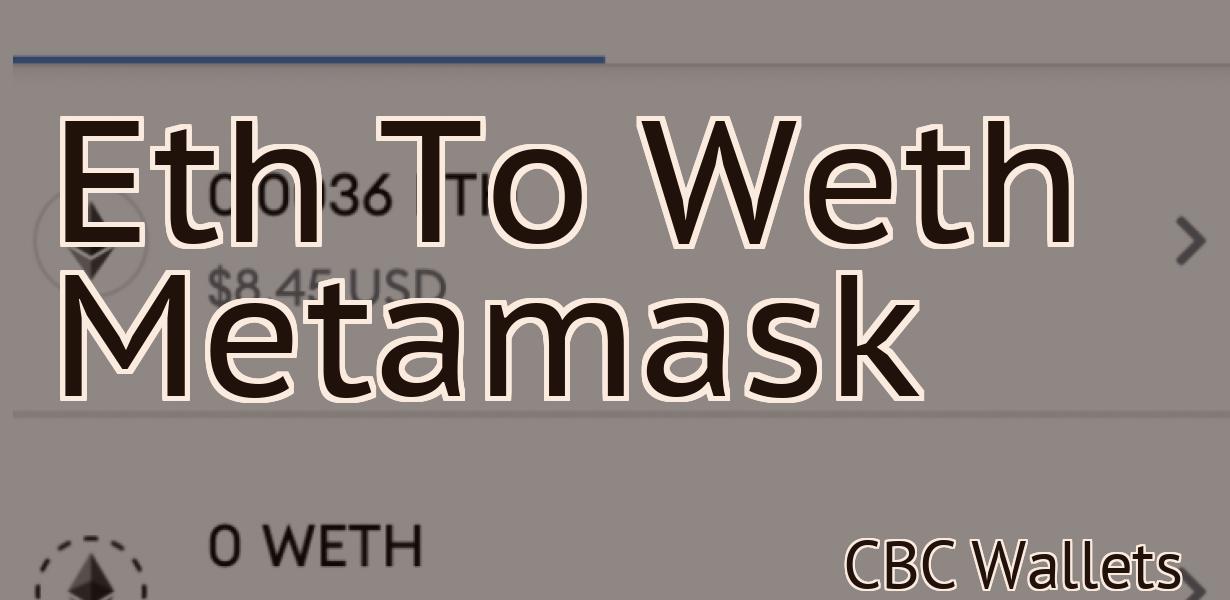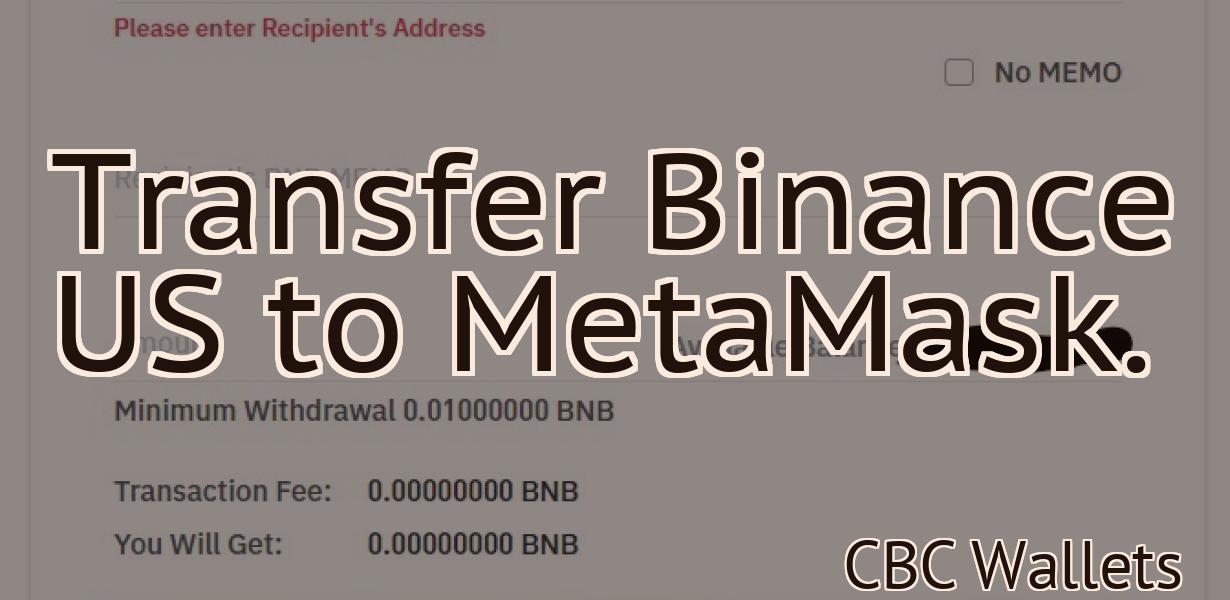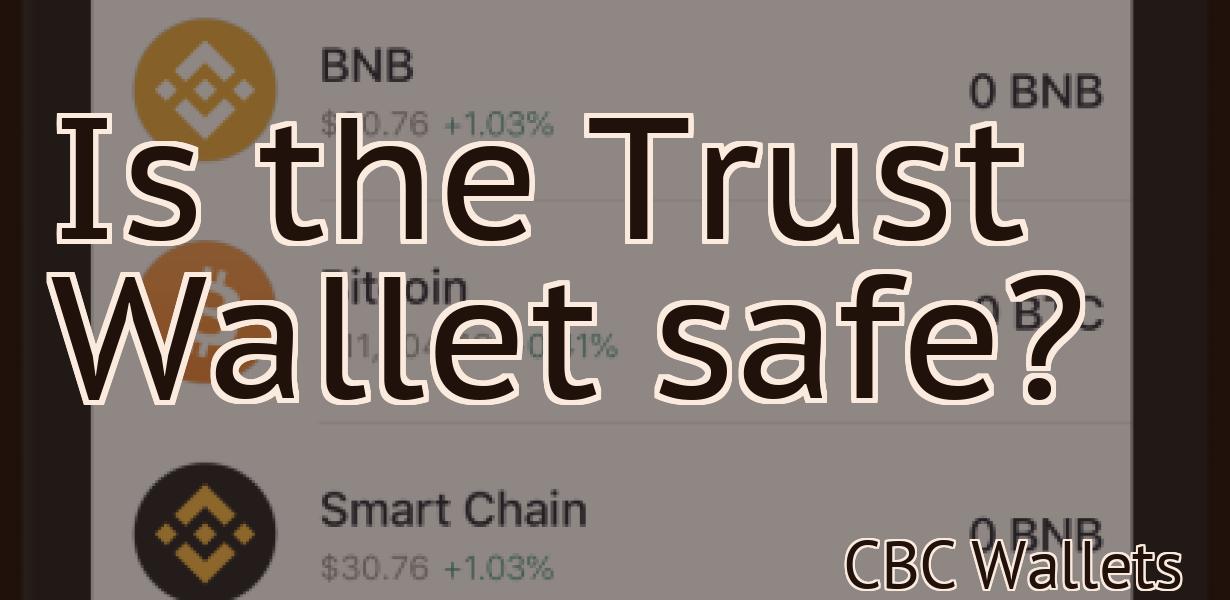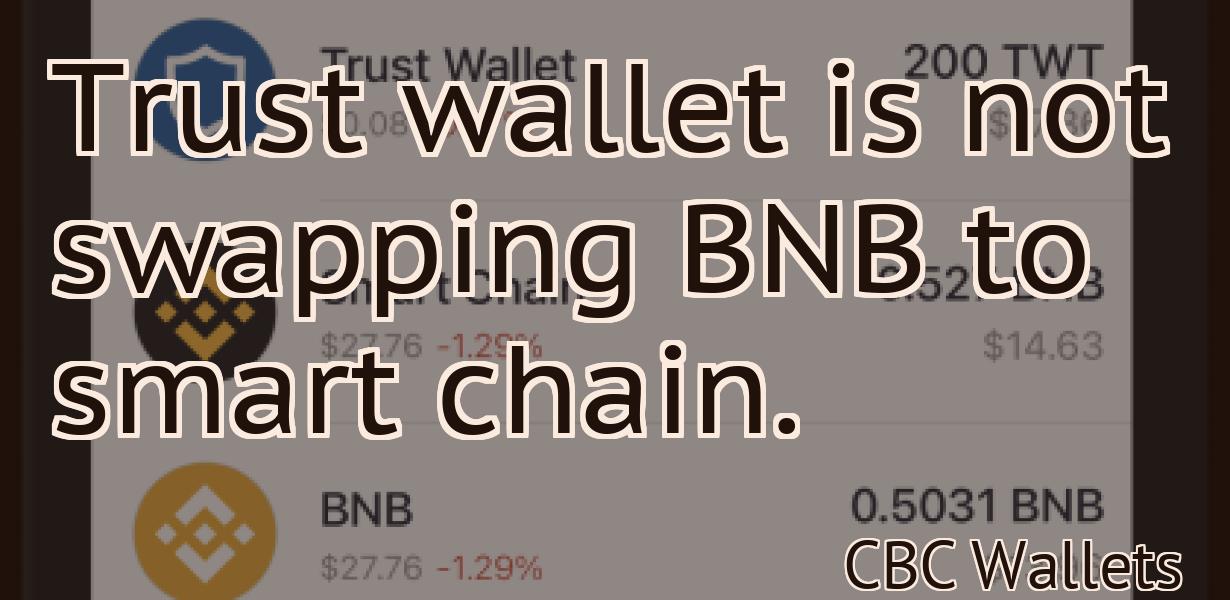Stablecoins
Stablecoins are digital assets that are designed to maintain a stable value against a specific asset or group of assets. The most common type of stablecoin is a fiat-collateralized stablecoin, which is backed by a reserve of fiat currencies. Other types of stablecoins include commodity-backed stablecoins and crypto-collateralized stablecoins.
What are stablecoins?
A stablecoin is a cryptocurrency that is pegged to a national currency, like the US dollar. This means that the stablecoin’s value is always the same, regardless of how the national currency is performing. This makes it a great option for people who want to invest in cryptocurrencies but don’t want to worry about them fluctuating in value.
How do stablecoins work?
Stablecoins are cryptocurrencies that are pegged to another currency, such as the U.S. dollar, euro, or yen. The peg is maintained by a central authority, such as the Federal Reserve, and the stablecoin is redeemable for the underlying currency at a fixed rate.
The benefits of stablecoins
One of the benefits of stablecoins is that they provide a way to reduce volatility in prices. This can be beneficial for users who want to ensure that their investments are safe, and for merchants who want to avoid unexpected changes in price.
Another benefit of stablecoins is that they can help to reduce the risk of fraud. By ensuring that the value of a stablecoin is always consistent, it becomes much harder for criminals to exploit users by artificially inflating or deflating prices.
Finally, stablecoins can help to reduce the costs associated with cross-border transactions. By using a stablecoin, merchants can avoid the fees associated with traditional methods of currency exchange, which can lead to significant savings.
The risks of stablecoins
There are a few key risks associated with stablecoins, including:
1. Liquidity risk: A stablecoin may not be as liquid as traditional currencies, which could make it difficult to exchange for other assets or withdraw cash.
2. Volatility risk: A stablecoin may experience greater volatility than traditional currencies, which could make it difficult to use in transactions.
3. Credit risk: A stablecoin may not be backed by a tangible asset, which could lead to its value declining if the issuer fails to redeem tokens on a consistent basis.
4. Intermediary risk: A stablecoin may be held by an intermediary, such as a digital wallet or trust, which could lead to the intermediary being compromised and the stablecoin being lost or stolen.
5. Systemic risk: A stablecoin could be used to finance illegal activities, which could lead to its widespread adoption being halted or its value dropping.
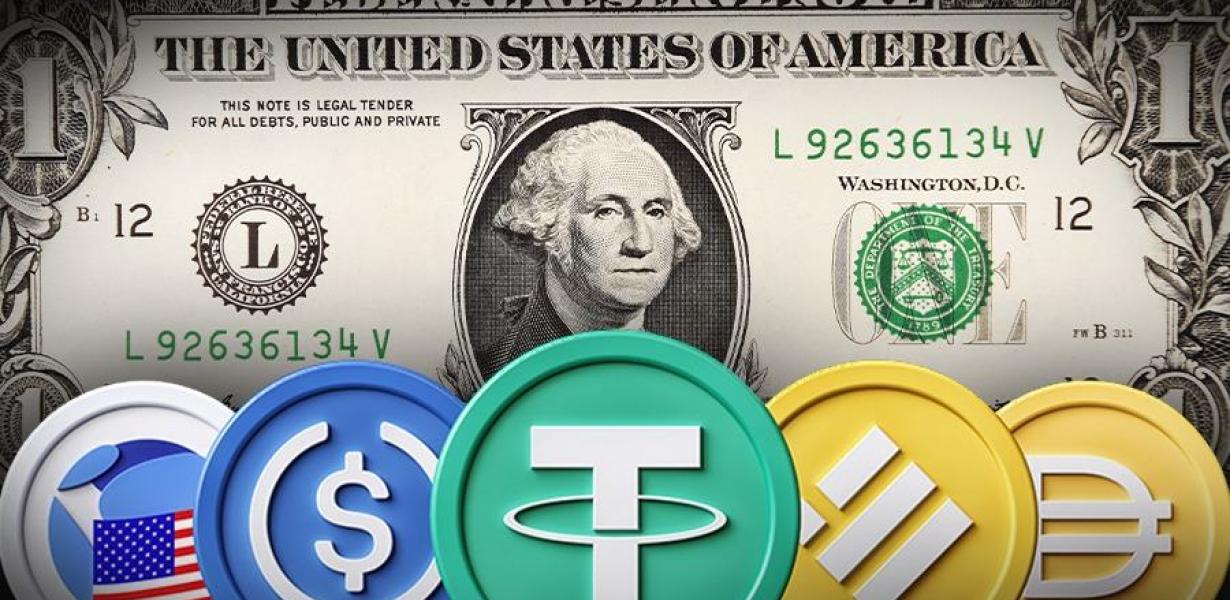
The different types of stablecoins
There are three types of stablecoins currently in circulation: fiat-backed, gold-backed, and silver-backed.
Fiat-backed stablecoins are backed by fiat currencies, such as the U.S. dollar. These tokens are usually pegged to a specific fiat currency, such as the Euro or Japanese yen.
Gold-backed stablecoins are backed by gold bullion. These tokens are usually pegged to the U.S. dollar, euro, or Japanese yen.
Silver-backed stablecoins are backed by silver bullion. These tokens are usually pegged to the U.S. dollar, euro, or Japanese yen.
How to buy stablecoins
Stablecoins are cryptocurrencies that are pegged to a national currency, such as the US dollar. They are designed to provide stability and trust in cryptocurrency transactions, and to reduce the risk of price volatility.
To buy a stablecoin, you need to find a reputable exchange that offers them. Some exchanges that offer stablecoins include Binance, Bitfinex, and Gemini. You can also find stablecoins on decentralized exchanges, such as KuCoin and EtherDelta.
To buy a stablecoin, you first need to purchase Bitcoin or Ethereum. Then, you will need to exchange your Bitcoin or Ethereum for the stablecoin.
Some examples of stablecoins include Tether (USDT) and TrueUSD (TUSD).
Where to store your stablecoins
If you are storing stablecoins on a centralized platform, such as a centralized exchange or custodian, it is important to be aware of the risks associated with these types of platforms. These risks include the platform being hacked, losing customer data, and becoming insolvent. If you are storing stablecoins on a decentralized platform, such as a blockchain platform, there are no central points of failure, so the risks are significantly lower.
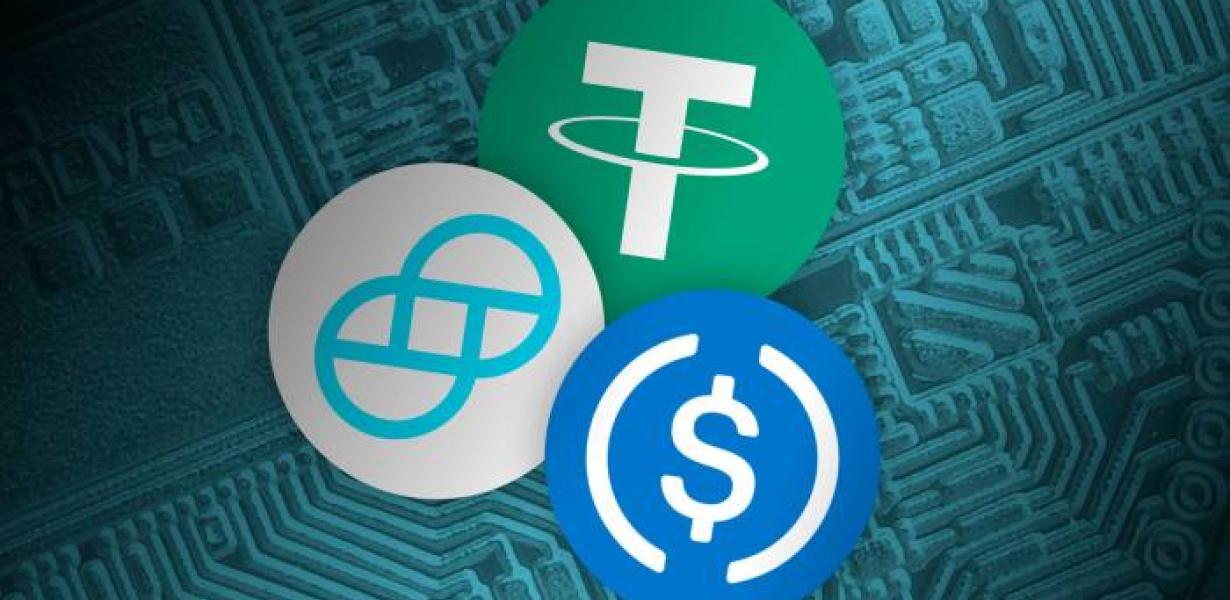
Stablecoins and taxes
A stablecoin is a digital asset that maintains a fixed exchange rate with another currency, usually the US dollar. This prevents price fluctuations and ensures that transactions are always executed at a fixed price.
As with all digital assets, taxes will need to be paid on any profits made from trading stablecoins. This will depend on the country in which the stablecoin is traded, but generally speaking, any gains made from trading stablecoins will be subject to taxation.
FAQ about stablecoins
A stablecoin is a cryptocurrency that is backed by a stable value, such as gold or US dollars. Stablecoins aim to provide a more stable price for cryptocurrencies, and may be used as a way to reduce volatility.






















